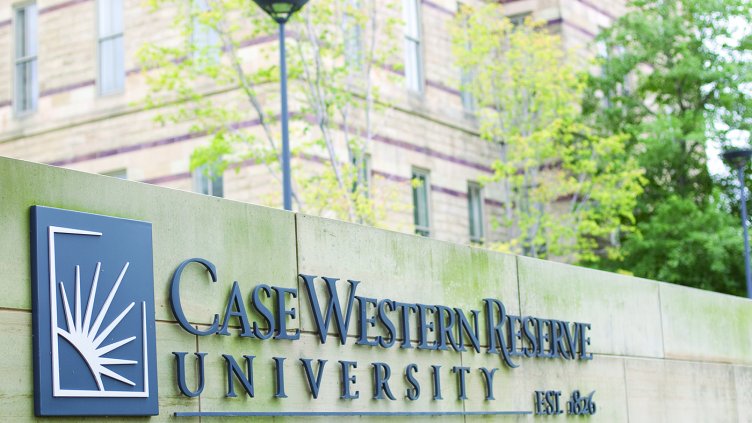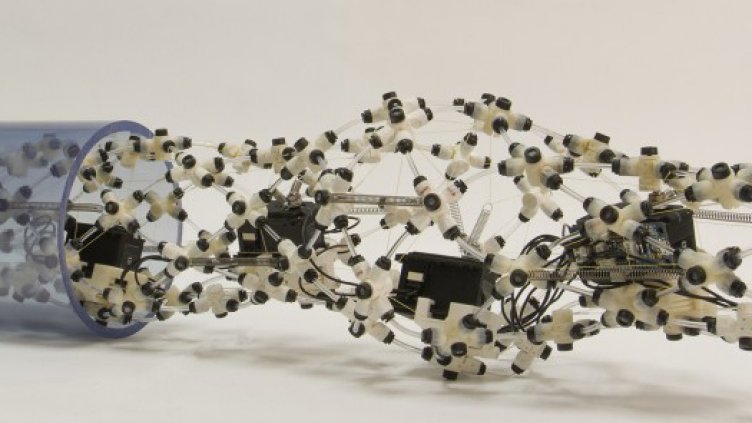Robotics and Motion Control
Vision-guided robotics, autonomous robots, artificial muscles, creative movements—machine-guided solutions and robotic assistance can help us communicate better, tackle labor-intensive and dangerous tasks, conduct surgery and visit harsh environments.
Whether we’re looking to access a sewer pipe, disarm a bomb or even assist in the caring of our aging population, robots can drastically improve our quality of life. Motion-control innovations like harmonic dampening on buildings to reduce the impact of earthquakes and power electronics to control the loading conditions on wind turbines keep us safer and our infrastructure stronger. From vibration analysis to friction-and-wear optimization to robotic assistance, we’re pushing forward the capabilities of machines to better serve our society.
Centers and institutes that conduct research in Robotics and Motion Control
Faculty who conduct research in Robotics and Motion Control
Alexis E. Block
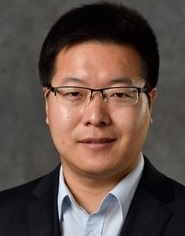
Changyong (Chase) Cao
Study the mechanics, designs, and manufacturing of smart multifunctional materials, soft robotics, soft electronics, and self-powered sensing systems.
Laboratory for Soft Machines & Electronics (SME Lab) www.CaoGroup.org

M. Cenk Cavusoglu
Develops next-generation medical robotic systems for surgery and image-guided interventions

Zonghe Chua
I develop intelligent telerobotic systems that sense and reason about their operator to deliver smart multisensory feedback that enhances the human-robot system performance.

Kathryn Daltorio
Develops robots that can traverse and operate in new environments, inspired by biological models of smart physical systems
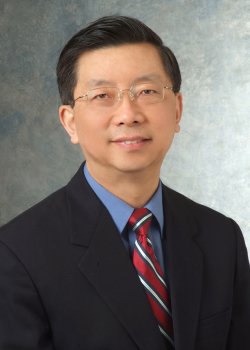
Robert Gao
Develops multi-physics sensing and stochastic modeling methods for improving observability in dynamical systems

Mario Garcia-Sanz
Bridges the gap between advanced control theory and energy, industrial and space applications

Greg Lee
Develops robotic systems

Michael Lewicki
Develops theoretical models of computation and representation in sensory coding and perception
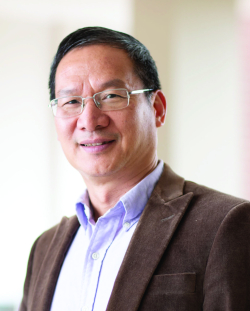
Wei Lin
Researches nonlinear control, time-delay systems, adaptive control, stochastic stability/control with applications to renewable energy, power systems and smart grid.

Wyatt Newman
Designs intelligent robots, machines and software for diverse applications

Roger Quinn
Develops neural and mechanical models of animals and uses data to design and control robots and exoskeletons

